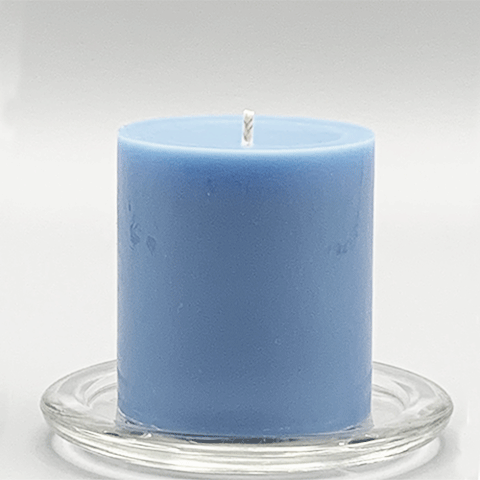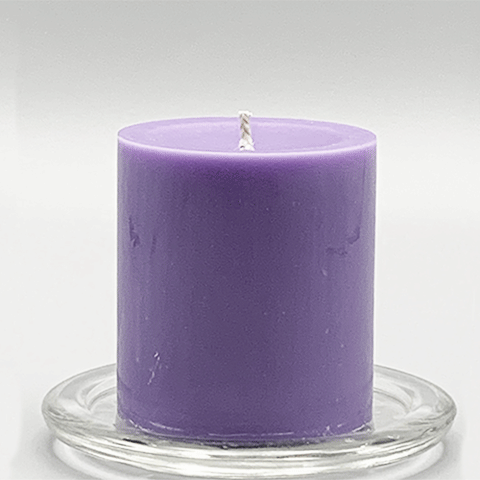This is the obituaries section for people who have made a contribution to the area – Combe Down, Monkton Combe, Midford
It’s a form of recognition and hopefully will shed some light on interesting aspects of the people of Combe Down.
If you are submitting an obituary for publication, then you may wish to read these hints: How to write a tremendous obituary.
Thomas Gray
17/05/1914 - 05/12/1940

Obituary For Thomas Gray
Thomas Gray was born to Ernest Arthur and Suzannah Mary on 17th May 1914 in Urchfont, near Devizes. He was serving with 12 Sqn which, since December 1939, had been based on a grass airfield near the village of Amifontaine, north of Reims.
On 12 May 1940, the RAF was ordered to demolish vital bridges over the Albert Canal which were being extensively used by the German army, and therefore had protection from fighter aircraft, anti-aircraft and machine-guns.
Five Fairey Battle bombers were despatched, led by Flying Officer Donald Campbell (my Story for him is also featured in For Evermore) and Thomas was his navigator/observer. They encountered heavy anti-aircraft fire, and the aircraft was shot down, killing all the crew.
Both Thomas and Fg Off Campbell were posthumously awarded the Victoria Cross. Leading Aircraftman Reynolds, the third member of the crew, did not receive a medal because he was not in a "decision-making" position.
All three men are buried in the CWGC Heverlee War Cemetery in Leuven, 30km east of Brussels.
Citation The announcement and accompanying citation for the decoration was published in supplement to the London Gazette on 11 June 1940, reading:
Air Office, 11th June, 1940 The KING has been graciously pleased to confer the VICTORIA CROSS on the undermentioned officer and non-commissioned officer in recognition of most conspicuous bravery :- 40105 Flying Officer Donald Edward Garland 563627 Sergeant Thomas Gray Flying Officer Garland was the pilot and Sergeant Gray was the observer of the leading aircraft of a formation of five aircraft that attacked a bridge over the Albert Canal which had not been destroyed and was allowing the enemy to advance into Belgium. All the aircrews of the squadron concerned volunteered for the operation, and, after five crews had been selected by drawing lots, the attack was delivered at low altitude against this vital target. Orders were issued that this bridge was to be destroyed at all costs. As had been expected, exceptionally intense machine-gun and anti-aircraft fire were encountered. Moreover, the bridge area was heavily protected by enemy fighters. In spite of this, the formation successfully delivered a dive-bombing attack from the lowest practicable altitude. British fighters in the vicinity reported that the target was obscured by the bombs bursting on it and near it. Only one of the five aircraft concerned returned from this mission. The pilot of this aircraft reports that besides being subjected to extremely heavy anti-aircraft fire, through which they dived to attack the objective, our aircraft were also attacked by a large number of enemy fighters after they had released their bombs on the target. Much of the success of this vital operation must be attributed to the formation leader, Flying Officer Garland, and to the coolness and resource of Sergeant Gray, who in most difficult conditions navigated Flying Officer Garland's aircraft in such a manner that the whole formation was able successfully to attack the target in spite of subsequent heavy losses. Flying Officer Garland and Sergeant Gray did not return."

/fit-in/200x300/filters:fill(white)/prod/2592/406930/koiYbAFhF9kTt6u4ThomasGrayVC17May191412May1940.jpg)
/fit-in/600x600/filters:fill(white)/prod/2592/406930/sgtthomasgrayvc1100.jpg)
/fit-in/600x600/filters:fill(white)/prod/2592/406930/VictoriaCross.jpg)
/fit-in/150x150/filters:fill(white)/prod/2592/406930/sgtthomasgrayvc1100.jpg)
/fit-in/150x150/filters:fill(white)/prod/2592/406930/VictoriaCross.jpg)







